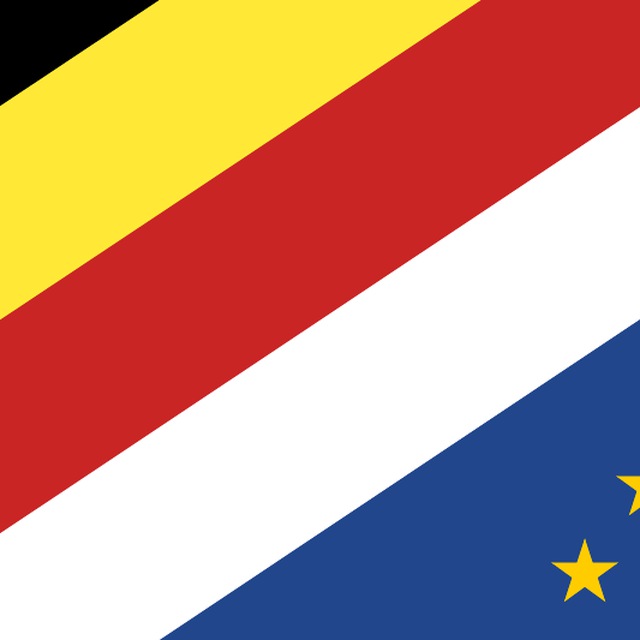Ч
Size: a a a

Benelux - Бенилюкс (Бельгия, Нидерланды, Люксембург) — мы здесь живем!
1696 membersпожаловаться на группу
2019 November 16
A
История с рабами появилась только в 1850, а празник отмечали задолго до этого
да но после 1850 отмечают праздник с рабами
LL
объясните мне тогда в чем изначальный смысл этого заключался, если не рабы
L
Ведь изначальная идея в другом, и олицетворяют они вовсе не чернокожих людей ведь :)
+
A
The modern tradition of Sinterklaas as a children's feast was likely confirmed with the illustrated children's book Sint-Nicolaas en zijn knecht ('Saint Nicholas and his servant'), written in 1850 by the teacher Jan Schenkman (1806–1863). Some say he introduced the images of Sinterklaas' delivering presents by the chimney, riding over the roofs of houses on a grey horse, and arriving from Spain by steamboat, which at that time was an exciting modern invention. Perhaps building on the fact that Saint Nicholas historically is the patron saint of the sailors (many churches dedicated to him have been built near harbors), Schenkman could have been inspired by the Spanish customs and ideas about the saint when he portrayed him arriving via the water in his book. Schenkman introduced the song Zie ginds komt de stoomboot ("Look over yonder, the steamboat is arriving"), which is still popular in the Netherlands.
In Schenkman's version, the medieval figures of the mock devil, which later changed to Oriental or Moorish helpers, was portrayed for the first time as black African and called Zwarte Piet (Black Peter).
In Schenkman's version, the medieval figures of the mock devil, which later changed to Oriental or Moorish helpers, was portrayed for the first time as black African and called Zwarte Piet (Black Peter).
A
оригинальную идею превратили 150 лет назад в расистскую и так и осталось до сих пор.
RD
а дебетовой картой абн не расплатиться онлайн, где принимают visa/master/maestro? не нахожу на карте cvc кода..
L
это не измазанные углем из печки элфы, это реальные помощники-рабы из африки

A
а дебетовой картой абн не расплатиться онлайн, где принимают visa/master/maestro? не нахожу на карте cvc кода..
нет
DB
Цварте Пит годная тема для тролинга, набросил двум голландским коллегам, разошлись не на шутку
L
Это как русским сказать, что снегурочка это унижение женщин и надо запретить ее использование при праздновании
U0
Это как русским сказать, что снегурочка это унижение женщин и надо запретить ее использование при праздновании
Нет, это две совершенно разные вещи
L
Для вас наверное да
U0
Понятно что большинство датчей которые поддерживают традицию не видят в ней ничего расистского, но тем не менее это так
U0
Но нам, людям из бссср тяжело это понять так как у нас ничего нет похожего
U0
У нас рабами было собственное население, лол
U0
Ну например скажем если бы деда мороза сопровождала свита из ряженых под татар
ОК
Ну например скажем если бы деда мороза сопровождала свита из ряженых под татар
Свита из холопов
Z
Мне кажется у нас всем было бы все равно.


